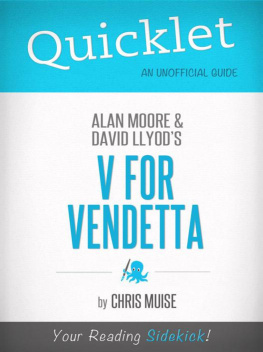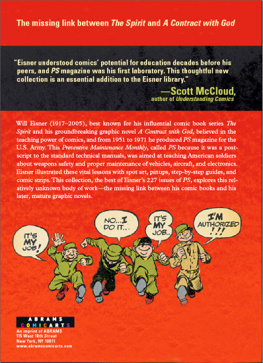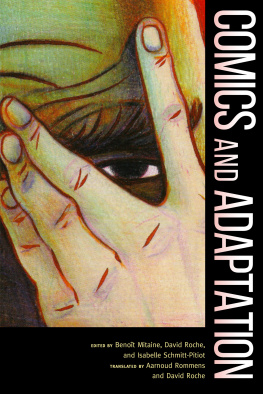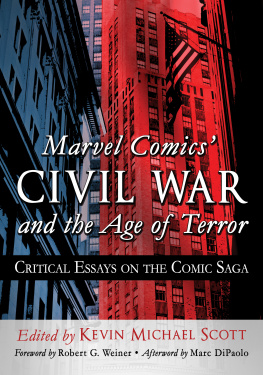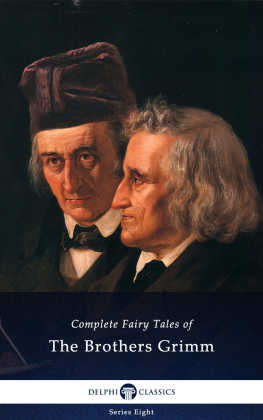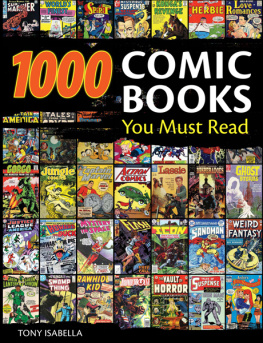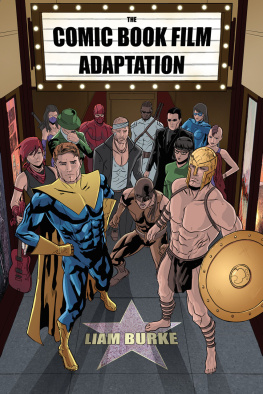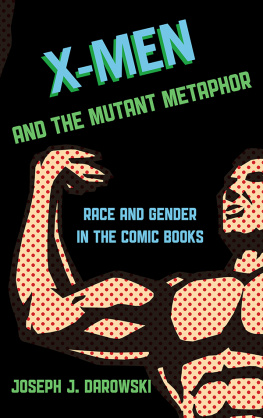Kanter - The Doll Princess
Here you can read online Kanter - The Doll Princess full text of the book (entire story) in english for free. Download pdf and epub, get meaning, cover and reviews about this ebook. publisher: Trajectory Inc, genre: Detective and thriller. Description of the work, (preface) as well as reviews are available. Best literature library LitArk.com created for fans of good reading and offers a wide selection of genres:
Romance novel
Science fiction
Adventure
Detective
Science
History
Home and family
Prose
Art
Politics
Computer
Non-fiction
Religion
Business
Children
Humor
Choose a favorite category and find really read worthwhile books. Enjoy immersion in the world of imagination, feel the emotions of the characters or learn something new for yourself, make an fascinating discovery.

- Book:The Doll Princess
- Author:
- Publisher:Trajectory Inc
- Genre:
- Rating:3 / 5
- Favourites:Add to favourites
- Your mark:
The Doll Princess: summary, description and annotation
We offer to read an annotation, description, summary or preface (depends on what the author of the book "The Doll Princess" wrote himself). If you haven't found the necessary information about the book — write in the comments, we will try to find it.
Published by Famous Authors, Ltd. (The Gilberton Company, Inc.), the series kicked off in October 1953 with an adaptation of the Grimm Brothers Snow White and the Seven Dwarfs illustrated by Alex Blum. The series last original issue was The Runaway Dumpling, issue 577 of 1962. The series ceased publication in Spring 1971. Published monthly, issues cost slightly more than other comic books of the time with a 15 cent cover price rather than the usual 10 or 12-cents. Close to the end of publication in 1971, prices jumped to 25-cents. At its peak, in 1960, Classics Illustrated Juniors average monthly circulation was 262,000.
Issues included among their contents features such as comics adaptations of Aesop Fables (usually two to three pages), a limerick by Edward Lear, a Mother Goose rhyme, or poem from Robert Louis Stevensons A Childs Garden of Verses (one page), and a one page factual article about a bird, beast, or reptile. As the publisher allowed only in-house advertising in his books, the back cover interior sometimes offered a catalog of titles and a subscription order form. First editions included a Coming Next Month ad and a dot-to-dot puzzle on the inside front cover. The interior of the back cover featured a Color this Picture with your Crayons full-page line-drawn illustration of a scene from the tale. The exterior of the back cover often depicted a full-page color illustration from the tale. Artists included John Costanza, Kurt Schaffenberger, L. B. Cole and Graham Ingels. Unlike other comic book publishers, Kanter reprinted his titles regularly and the line was distributed abroad.
Kanter: author's other books
Who wrote The Doll Princess? Find out the surname, the name of the author of the book and a list of all author's works by series.

